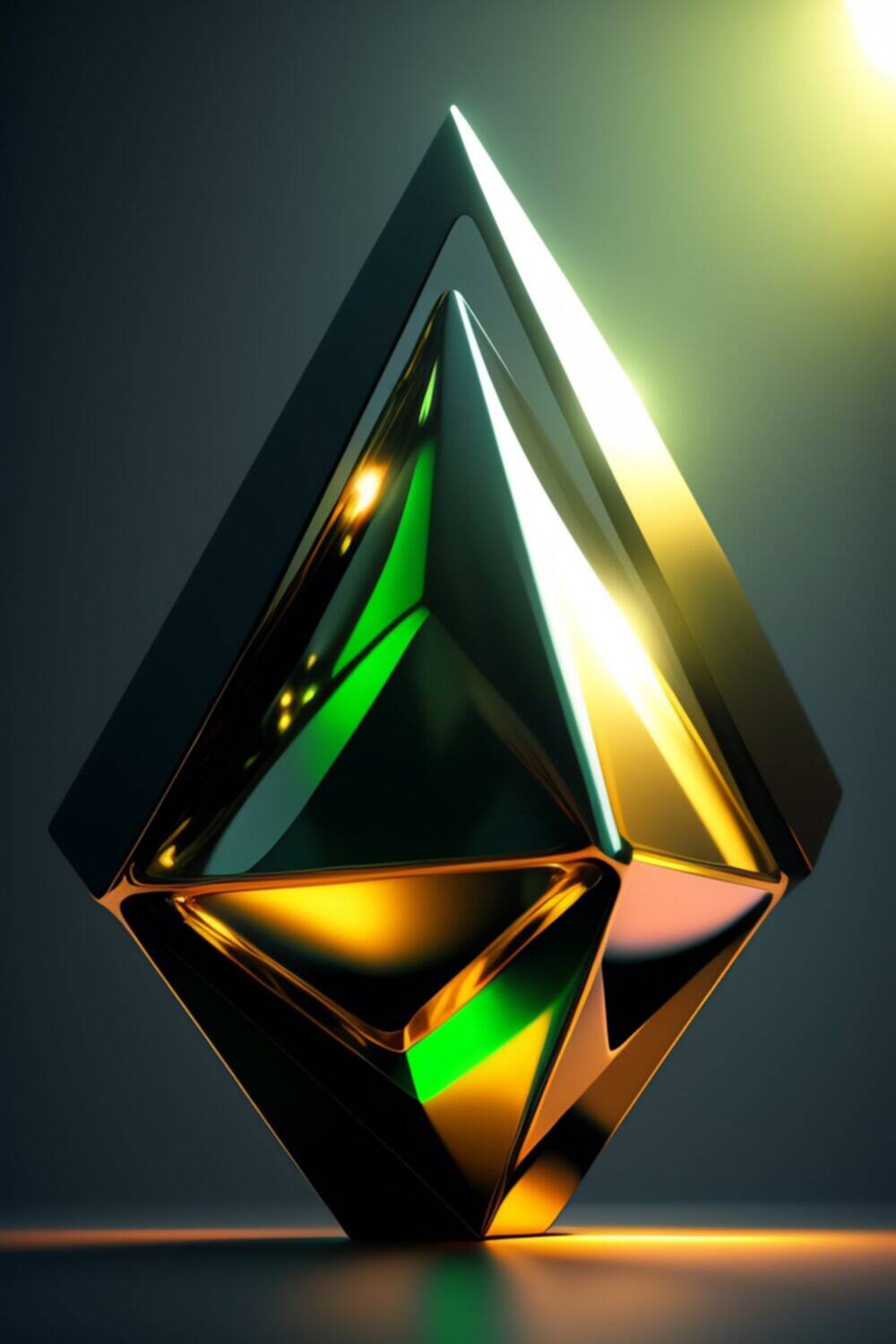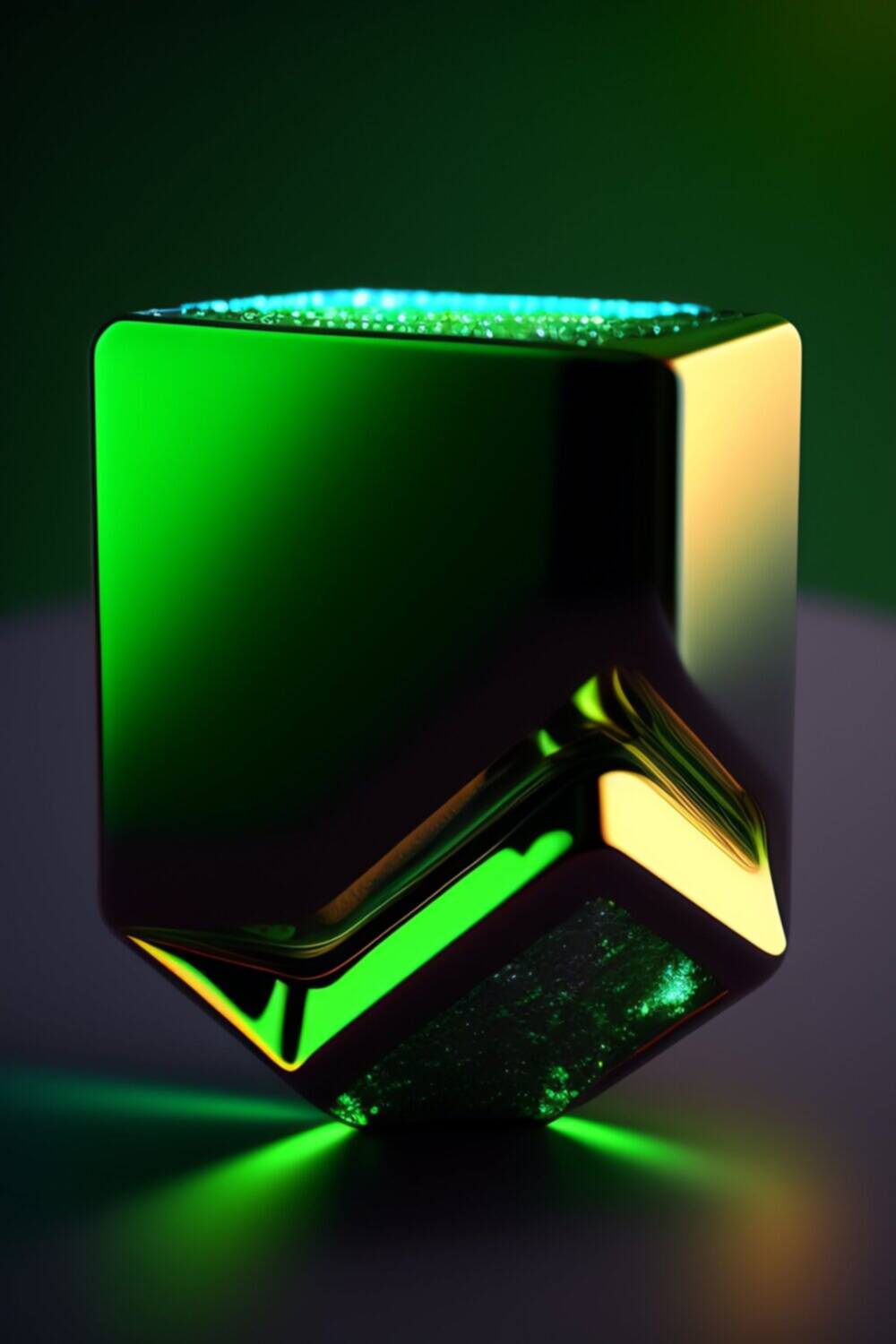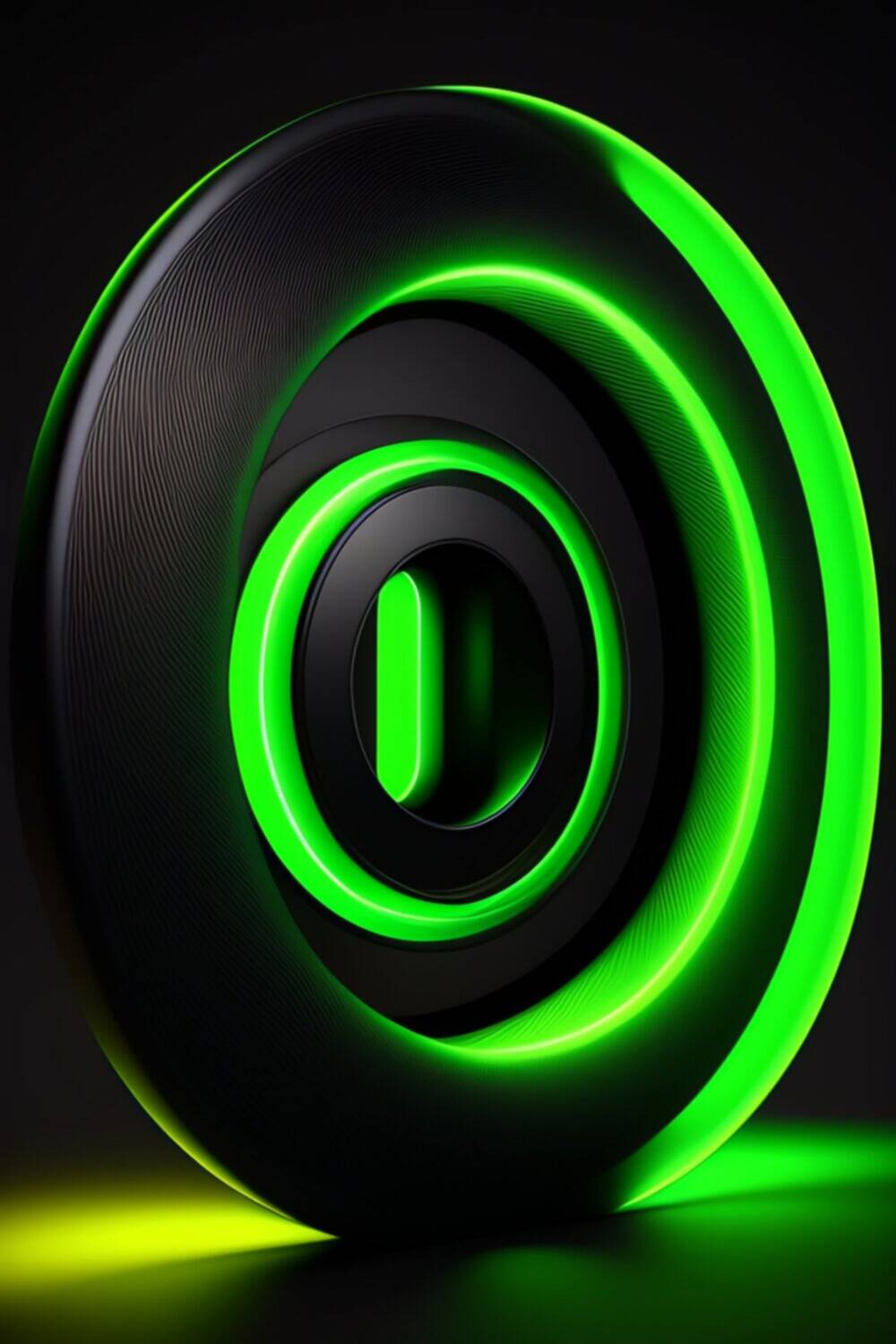Exploring the clash between gaming expectations and hardware capabilities as Remnant II challenges the mighty Nvidia RTX 4090. Dive into the technical intricacies and developer responses in this insightful analysis.
Gaming enthusiasts and tech aficionados alike have been eagerly anticipating the arrival of Remnant II, the latest installment in a beloved franchise known for its stunning visuals and immersive gameplay. However, the excitement has been tempered by an unexpected hiccup: Remnant II seems to be putting even the mighty Nvidia RTX 4090 in a bind. In this article, we delve into the intricate web of reasons behind this conundrum, exploring the clash between gaming expectations and hardware capabilities.
The Powerhouse: Nvidia RTX 4090
At the heart of this saga lies the Nvidia RTX 4090, a graphics card that promised to redefine the boundaries of graphical prowess. Armed with impressive specifications, including sky-high memory bandwidth and processing power, the RTX 4090 generated immense excitement within the gaming community. Many believed that this powerhouse would effortlessly handle any gaming challenge thrown its way.
The Awaited Arrival: Remnant II
Remnant II, the sequel to a celebrated game series, had already captured the collective imagination with previews showcasing breathtaking graphics and unparalleled detail. Gamers anticipated a visual feast, expecting the Nvidia RTX 4090 to act as the perfect vehicle to navigate the game’s demanding landscapes. However, as the release date drew closer, murmurs began to circulate about unexpected performance woes.
Clashing Expectations
The gaming community’s enthusiasm quickly gave way to concern as the system requirements for Remnant II were unveiled. The demands were steep, and it became clear that even cutting-edge hardware like the Nvidia RTX 4090 might struggle to keep pace. Players found themselves grappling with a perplexing dilemma: a top-tier graphics card seemingly hamstrung by a game it should excel in.
Unveiling the Performance Struggle
Benchmark tests and real-world usage reports began to paint a vivid picture of the challenge at hand. Players were experiencing frame rate drops and instability that simply shouldn’t be happening on a GPU of this caliber. It was a perplexing situation – a graphical juggernaut buckling under the weight of a game it was meant to dominate.
The Technical Conundrum
Delving into the technical side, the situation started to unravel. The Nvidia RTX 4090’s sheer power was evident, but intricate factors such as memory utilization and bandwidth constraints were hindering its performance potential. The demanding graphics of Remnant II, particularly the resource-intensive ray tracing technology, seemed to be pushing the RTX 4090 to its limits.
Developer Response
In the midst of the growing concern, the developers of Remnant II addressed the situation head-on. They acknowledged the performance issues and expressed their commitment to finding solutions. The complexity of the issue was recognized, and plans were unveiled to optimize the game and collaborate with Nvidia to develop driver updates that would alleviate the strain on the RTX 4090.
Community Backlash and Speculation
The gaming community responded with a mix of frustration and speculation. Discussions ranged from possible fixes to comparisons with other games and GPUs. Some wondered if the issue lay solely with Remnant II’s optimization, while others speculated about broader hardware limitations. The clash between expectations and reality fueled a lively discourse across gaming forums and social media platforms.
Bridging the Gap: Optimizations and Updates
As the dust settled, the path forward began to take shape. Strategies for optimizing Remnant II’s performance while preserving its visual splendor were explored. Collaboration between the game’s developers and Nvidia aimed to deliver updates that would balance the demands of graphical fidelity with smooth gameplay, potentially mitigating the strain on the Nvidia RTX 4090.
Looking Ahead: Future of Gaming and Hardware
This unique situation offers insights into the evolving landscape of gaming and hardware. As games become more visually ambitious and hardware continues to advance, the challenges of ensuring optimal performance become more complex. The Remnant II debacle serves as a reminder that technological progress often comes with unforeseen hurdles, and finding solutions requires collaboration, innovation, and a willingness to adapt.
Conclusion
In the world of gaming and technology, the clash between expectations and reality can lead to unexpected revelations. The Nvidia RTX 4090’s struggle with Remnant II highlights the delicate balance between pushing the boundaries of graphical fidelity and ensuring smooth gameplay. As the industry moves forward, this challenge will likely be met with ingenious solutions, further propelling the evolution of gaming experiences.
Frequently Asked Questions
-
Q: Is the Nvidia RTX 4090 truly as powerful as it was hyped to be?
- A: The Nvidia RTX 4090 boasts impressive specifications, but its performance in specific scenarios, such as demanding games like Remnant II, has raised questions.
-
Q: How are developers addressing the performance issues in Remnant II?
- A: The developers have acknowledged the problems and are actively working on optimization strategies and collaborating with Nvidia for driver updates.
-
Q: Can we expect a resolution to the performance struggles of the RTX 4090?
- A: While challenges exist, the collaborative efforts of game developers and hardware manufacturers suggest that improvements are on the horizon.
-
Q: Are other GPUs also facing similar struggles with Remnant II?
- A: While not as extensively reported, some users with lower-tier GPUs have also experienced performance issues, indicating broader optimization challenges.
-
Q: What can gamers and enthusiasts take away from this situation?
- A: The situation underscores the intricacies of balancing cutting-edge visuals with smooth performance, reminding us of the ongoing evolution in technology and gaming.



